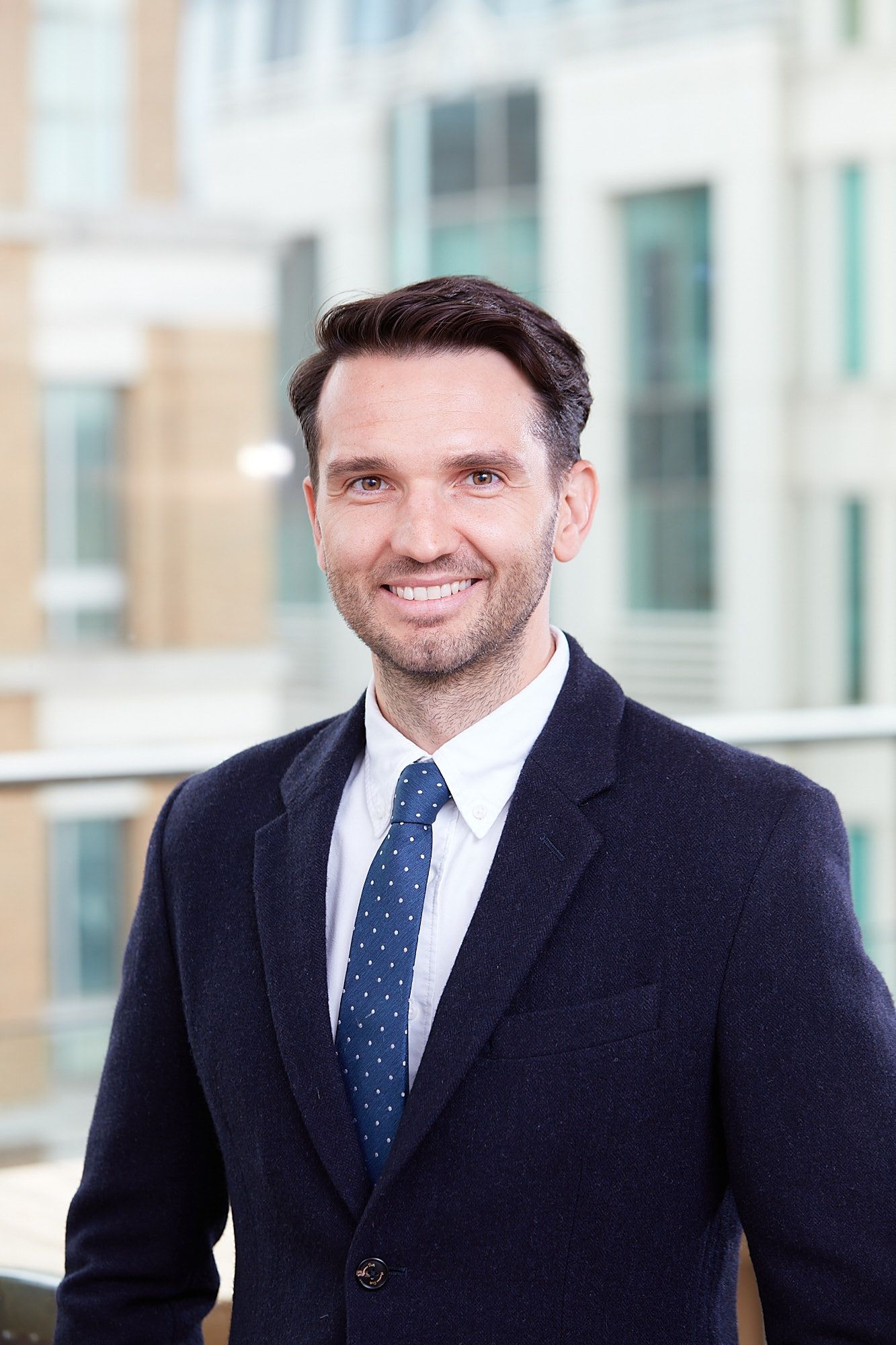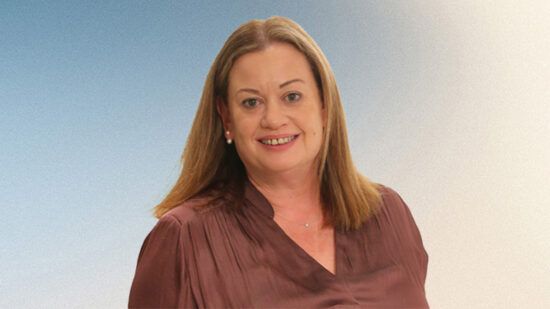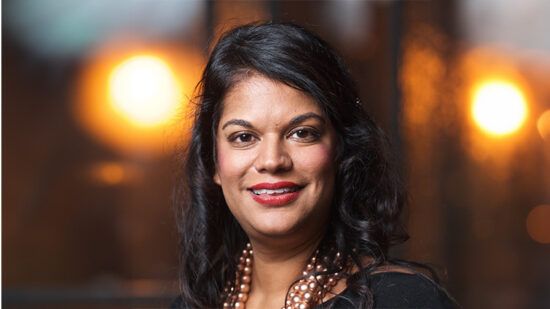London and Luxemnbourg based fund group Zadig has launched a new suatainable strategy for European investors.
Co-heads of investment strategy Adrian Vlad (pictured) and Louis Larere are in charge of the proposition, the €135m European SRI Strategy, and also run the Oyster Sustainable Europe Fund on an outsourced basis
Here, managers Vlad and Larere respond to ESG Clarity’s questions on the new strategy below:
What was the rationale behind launching this strategy?
It’s the natural evolution of Zadig given its hedge fund heritage dating back over 10 years and its evolution into an institutional UCITS fund with daily liquidity, and transparency, integrating ESG in its investment process.
The sustainable strategy goes a step further, basically recognising that the world is evolving and that sustainability is more than a buzzword and is here to stay. It also shows that we are listening to our clients and helping them to engage more with their investments.
Why has Zadig sought to provide an alternative to the growing complexity of sustainable strategies?
We believe in simplicity, transparency and data but we need to be careful with the latter because not all data is material. Sometimes data can facilitate greenwashing and UN SDG-washing. Investors need to question third party score providers as some of the data that goes into building those complex scores is immaterial or biased. This is why different providers cannot agree on the ratings.
What is the strategy’s aim/target?
We aim to outperform the European market while having an exposure to sustainable goods and services that is around twice that of the market over time.
Can you briefly describe the team and investment process?
We are both in charge of picking the stocks, constructing the portfolio and verifying the sustainability claims of the companies.
We have a negative exclusion list of companies materially involved in alcohol, tobacco, firearms, gambling, pornography and/or fossil fuels or where there are material controversies that need to be addressed. We will not invest in these companies.
With the remaining companies, we focus on their business models, and their positive externality via their products and services that address the UN SDGs. We quantify this in terms of the percentage of products and services that are sustainable (as a percentage of sales, capex or assets depending on the industry) on a sliding scale from 0-100%.
What we are committing to is that every company we invest in has at least 10% exposure to UN SDGs while the aggregated portfolio will be around 40% over time. As a reference, according to our calculation, we think that the European market is currently around 20% sustainable.
Our portfolio is diversified both in terms of UN SDGs themes and sectors/styles with a reasonable 2021 price/earnings valuation of around 17x.
How does this strategy differ from other sustainable funds?
We seek ‘sustainability at a reasonable price’ whereas other sustainable funds seek ‘sustainability at any price’. Our approach is simple, transparent and backed by public data usually found in corporate annual reports. Unlike over sustainable funds, we don’t use third party scores that can be manipulated by the data provider or a corporate IR department, and there are no binary Yes/No questionnaires. In sum, we pay attention to valuation and the price we pay for sustainability exposure.
How is ESG integrated across the firm?
Each analyst is in charge of ESG considerations in the due diligence process. We don’t have a dedicated ESG team as we believe there’s no one better to assess the ESG metrics than the lead analyst on the stock. We usually capture the ESG criteria in the cost of capital and we use MSCI to monitor controversies. We regularly engage with the companies to address controversies.
How many holdings are there in the portfolio? Is it important to be concentrated with this investment strategy?
There are 25 names and the maximum we would have is 30. We believe in concentration and hence in conviction. This is how we think active managers can add value in any area sustainable or not.
What vehicles are available to access the strategy? What are the fees?
The strategy is available through managed accounts or through the Oyster Sustainable Europe Fund which has named Zadig as the investment manager. Zadig plans to set up its own fund in due course. Fees depend on share classes and the size of managed accounts.
Do you think investors are coming around to the idea that investing responsibly does not necessarily mean sacrificing returns?
Every crisis is different, but the pandemic has proven that sustainable investing is more resilient than thought and that far from being a bubble, the trend is here to stay. This is helped by policy at the EU level. So, yes, investors are coming around to this idea.
How do you envisage the responsible investing landscape will evolve over the next decade?
We think sustainability – the way we define it, quantify it, disclose it and audit it – will ultimately become standardised and mandatory for corporates, in the same way that accounting standards exist today.








